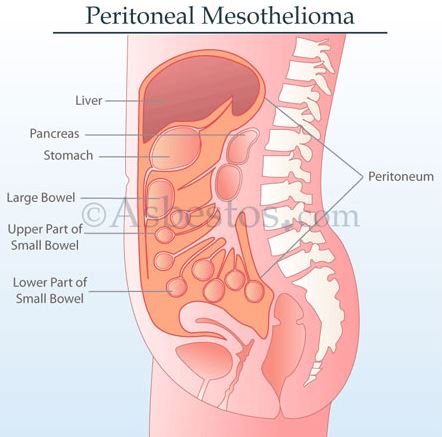
Peritoneum perforation occurs when peritonitis or other peritonal infection has reached the peritoneal cavity in the large intestine. Peritonitis refers to an inflammation of the pericardium, and peritonitis of the large intestine can result in peritonitis perforatum. This is a complication of peritonitis that results from exposure to a peritoneal infectious agent. The symptoms associated with peritonitis perforatum include diarrhea, fever, abdominal pain, and vomiting. However, a perforated peritoneum can also lead to peritonitis perforatum.
As perforitis perforatum can be a complication of peritonitis perforatum, it is usually treated with antibiotics. Antibiotics work by killing bacteria and restoring normal function to the intestines. The antibiotics are usually taken for several weeks to recover from peritonitis perforatum. Antibiotics are used in both acute and chronic conditions such as peritonitis. Antibiotics are also used to treat peritonitis and perforatum. They are also used in the treatment of peritonsillar abscesses and bone marrow dissemination.
There are several ways to treat perforation peritonitis with antibiotics. Antibiotics can be used alone or in combination. In the context of the treatment of perforated peritonitis, only antibiotics can be used. In some cases, antibiotics can be used in conjunction with dietary changes and other treatments. For example, probat cefuroxime and azithromycin are commonly used to treat peritonsillar abscesses in patients with peritonitis.
While antibiotics can be effective in treating perforated peritonitis, they are not without side effects. Side effects are usually mild and include nausea, diarrhea, and abdominal cramps. These side effects are important to consider when using antibiotics to treat peritonitis.
Antibiotics can also be used in combination with other treatments. They are most commonly used to treat perforated peritonitis in combination with other medications such as intravenous fluids, heparin, or steroids. Various antibiotics can be used in combination with each other to treat a common infection such as Staphylococcus aureus infection. Some of the antibiotics commonly used in combination with intravenous fluids include cefadroxil and penicillin. Corticosteroids are another combination of antibiotics that are often used to treat a wide range of infections, including strep throat infection. Corticosteroids are used to treat many forms of arthritis and are sometimes prescribed to prevent joint damage.
Antibiotics are also commonly used in combination with natural means, such as in the case of oral re-construction or other forms of treatment for an abscess or infection. The antibiotics are sometimes taken orally, either alone or with a capsule that contains ingredients that help to flush out the bacteria that are causing the infection. When the antibiotics are taken orally, they enter the gastrointestinal tract to kill bacteria that may be present in the digestive tract.
Antibiotics are also often used in the treatment of chronic infections. When a person has a chronic infection or abscess, they may be given antibiotics for several months to treat the infection. Over time, as the bacteria in the digestive system grow stronger, the antibiotics will be less effective. or ineffective. This is because the antibiotics have not been able to kill off all of the bacteria in the digestive tract, but rather just killing off the bacteria that has become resistant to them.
Other treatments that have been used for chronic infections include surgery or radiation therapy, depending on the severity of the condition. Surgery is rarely performed but is occasionally done in cases of chronic infection in the peritoneal cavity, especially if the infection has spread to other areas of the body. In general, surgery is usually reserved for severe or life threatening conditions.